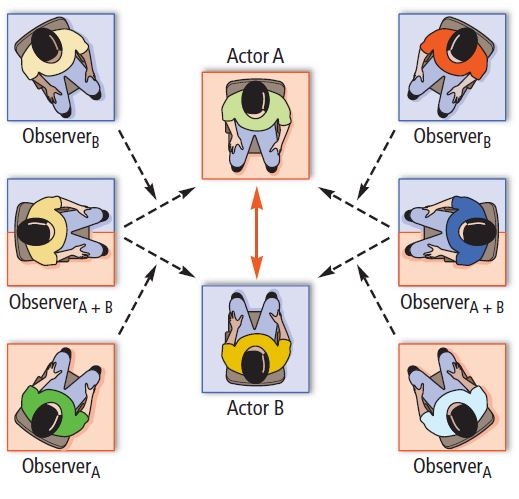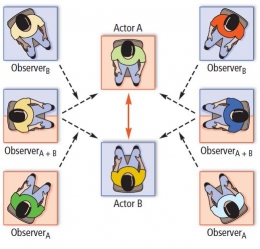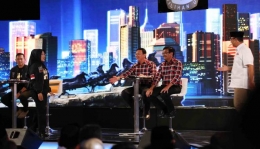Order effects. (2017). http://www.cs.colostate.edu/~howe/EMAI/ch3/node11.html
Pasek, J., Schneider, D., Krosnick, J. A., Tahk, A., Ophir, E., & Milligan, C. (2014). Prevalence and Moderators of the candidate name-order effect: Evidence from statewide general elections in California. Public Opinion Quarterly, 78(2), 416-439. doi:10.1093/poq/nfu013
Petty, R. E., & Cacioppo, J. T. (1986). The elaboration likelihood model of persuasion. In Communication and Persuasion (pp. 1-24). doi:10.1007/978-1-4612-4964-1_1
Quora. (2016). How are seating positions (for candidates) determined at presidential debates? https://www.quora.com
Ramanathan, S., McGill, A., Phillips, J., Schill, D., & Kirk, R. (2010). Are political opinions contagious? An investigation on the effects of seating position and prior attitudes on moment-to-moment evaluations during the presidential debates. Dalam NA - Advances in Consumer Research Volume 37, eds. Margaret C. Campbell, Jeff Inman, & Rik Pieters, Duluth, MN : Association for Consumer Research, pp. 242-245.
Röser, F., Krumnack, A., & Hamburger, K. (2013). The influence of perceptual and structural salience. CogSci, pp. 3315-3320. https://mindmodeling.org
Spác, P. (2016). The role of ballot ranking. East European Politics and Societies, 30(3), 644-663. doi:10.1177/0888325416631802
Wheeler, H. (1962). The great debates. http://www.museum.tv (From An Occasional Paper on the Role of the Political Process in a Free Society published by The Center for the Study of Democratic Institutions, 1962; pp. 14-21.)
Baca konten-konten menarik Kompasiana langsung dari smartphone kamu. Follow channel WhatsApp Kompasiana sekarang di sini: https://whatsapp.com/channel/0029VaYjYaL4Spk7WflFYJ2H









